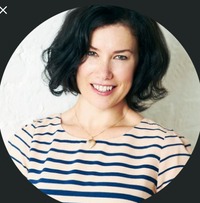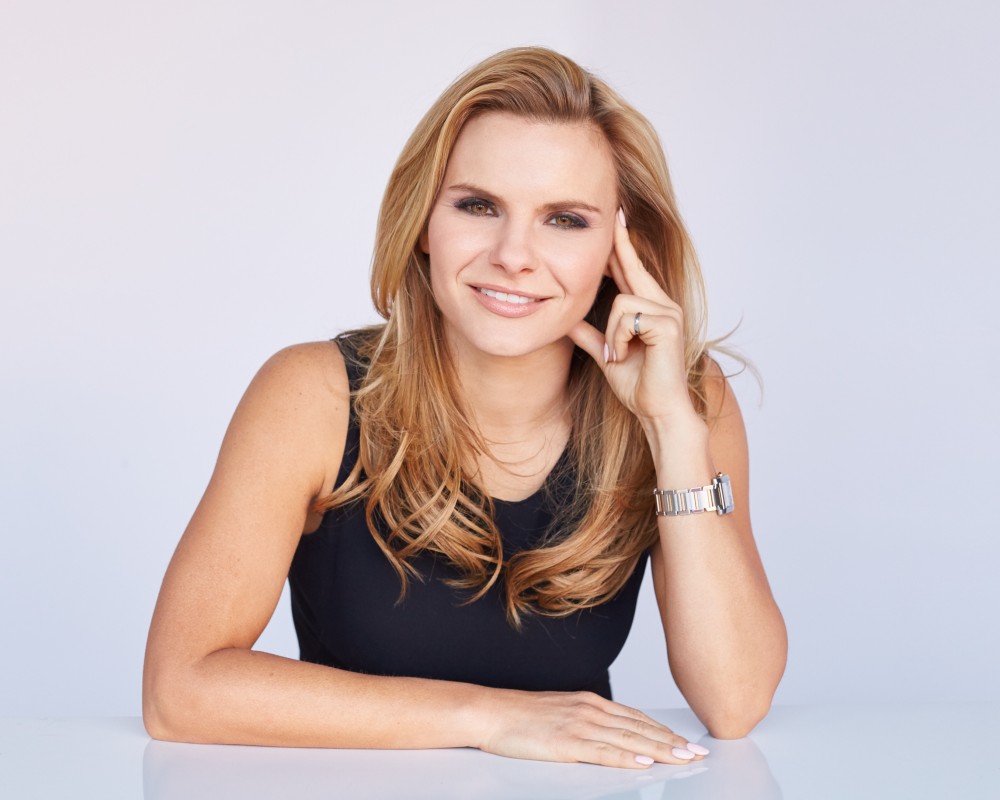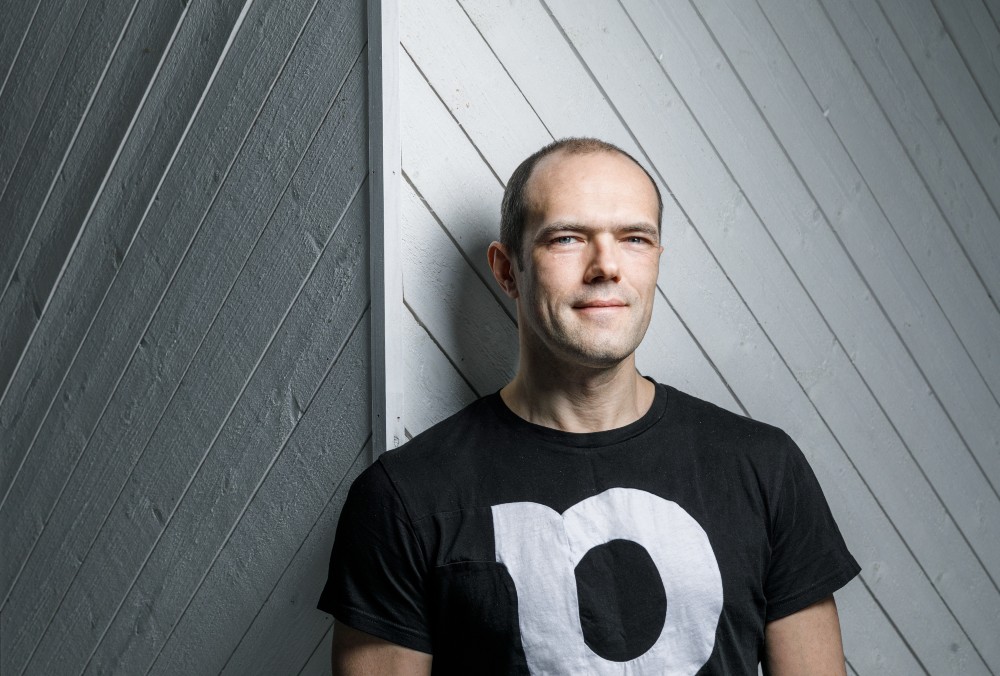Are you ready for the new future of work? Top bosses share their surprising plans with us
Top business leaders talk candidly about why redefining the way we work is very much a work in progress


Top business leaders talk candidly about why redefining the way we work is very much a work in progress
The pandemic acted as a catalyst for change, organisations had to transition quickly and we all had to climb a steep learning curve (hello IT, yes I have logged a ticket). We learnt to work remotely , businesses restructured the workplace, redefined job roles, and reimagined the role of workplace culture (Zoom party, anyone?). We're over a year in and many of us have realised the benefits of working from home (quick access to fridge, pets on demand and a 'relaxed' dress code), but we've also missed face-to-face IRL interaction (zoom fatigue, is a thing). So what does the future of work look like? To answer this question, we picked the brains of leading business people to share their predictions.
"It's a huge win for women and flexi-working" Michele Romanow, Clearco co-Founder & President

“It’s been an exceptional year for e-commerce companies as everyone changed their habits to buy online; we’ve hired almost 200 people. I didn’t believe that a company could ever be as productive and grow with home-based workers. This proved otherwise. We’ve always struggled recruiting executives from afar. One of our big realizations has been that we can recruit anyone from any part of the world because Zoom is the great equalizer.
"Also, there’s been all this press around the pandemic setting women back but I think, in the long term, this will be a huge win for women in the workforce and flexi-working. We've seen this year it just doesn’t matter when you get the work done; you can send communications any time of day, and there’s not the bias of people thinking that when you're working from home you're not actually working. I’m super excited to see my employees in person again, but now we’re going to do a series of in-person retreats throughout the year versus being in the office everyday together. It’s a brand new world."
"We need to empower people to feel heard" Sonja Gittens-Ottley, Asana Head of Diversity and Inclusion

“We saw the rapid shift to remote work caused a rise in self-doubt, resulting in an increase in poor mental wellbeing among employees. Last year alone, only 15% of UK employees felt completely heard when working remotely and three quarters (75%) experienced burnout. As we move into the next phase of work, businesses must consider how they are setting norms for employees to ask for help and talk openly about career growth, belonging and work-life balance, whether fully remote, hybrid or in office.
"No matter which model you find yourself working in, make sure your boss sets clear expectations and have the right tools in place to create transparency around workloads and how work is distributed. At the same time, leaders should partner with their teams to create spaces where people feel safe and empowered to speak up and feel more ‘heard’ than the data tells us they currently are.”
"Hybrid working is the future of work" Sergei Anikin, Pipedrive co-CEO and CTO

“As we look to the future it is clear that the world of work will see further change. At Pipedrive, we predict the hybrid model is most likely here to stay - providing employees with the flexibility to choose how they wish to work. To support hybrid working, businesses must establish how they will create a sense of belonging across the organisation, no matter where their team is located. Over the past year we’ve learned that when you’re remote, connecting with people is hard. And with each working day never the same, this leads to uncertainty and can mean the difference between feeling empowered or overworked.
Celebrity news, beauty, fashion advice, and fascinating features, delivered straight to your inbox!
"Companies that will retain and further build their talent pool will focus on their winning company culture. By providing the appropriate forum or persons in place to make employees feel comfortable to ask for assistance - whether it’s work-related or personal. By facilitating this communication and working collaboratively, people will feel part of a supportive working environment. The result? An organisation that is connecting, collaborating and able to focus on producing the best work possible."
"We must prioritise wellbeing and purpose" Stuart Templeton, Slack Head of UK

"Although there isn’t a one-size-fits-all approach to returning to the office, one thing is clear—many companies will opt for hybrid working to give their teams the best of both worlds. Prioritising employee wellbeing and upholding a supportive company culture remotely remains challenging for many businesses. As they move towards hybrid working, leaders need to continue focusing their culture on outcomes, rather than attendance. Talented employees don’t go to work to simply clock in- they want to be driven by purpose, and given the flexibility to prioritise their wellbeing.
"At Slack, we introduced initiatives like company-wide 'Fri-yays', which are monthly days off that give employees the chance to rest and recharge. We’ve also given all teams the option to work however they want to in the future, even if that is fully remote-based, so that they can work in the spaces where they are most productive. Giving individuals control over how to work boosts motivation, allows them to produce quality work, and encourages a strong work-life balance.”
Maria Coole is a contributing editor on Marie Claire.
Hello Marie Claire readers – you have reached your daily destination. I really hope you’re enjoying our reads and I'm very interested to know what you shared, liked and didn’t like (gah, it happens) by emailing me at: maria.coole@freelance.ti-media.com
But if you fancy finding out who you’re venting to then let me tell you I’m the one on the team that remembers the Spice Girls the first time round. I confidently predicted they’d be a one-hit wonder in the pages of Bliss magazine where I was deputy editor through the second half of the 90s. Having soundly killed any career ambitions in music journalism I’ve managed to keep myself in glow-boosting moisturisers and theatre tickets with a centuries-spanning career in journalism.
Yes, predating t’internet, when 'I’ll fax you' was grunted down a phone with a cord attached to it; when Glastonbury was still accessible by casually going under or over a flimsy fence; when gatecrashing a Foo Fighters aftershow party was easy-peasy-lemon-squeezy and tapping Dave Grohl on the shoulder was... oh sorry I like to ramble.
Originally born and bred in that there Welsh seaside town kindly given a new lease of life by Gavin & Stacey, I started out as a junior writer for the Girl Guides and eventually earned enough Brownie points to move on and have a blast as deputy editor of Bliss, New Woman and editor of People newspaper magazine. I was on the launch team of Look in 2007 - where I stuck around as deputy editor and acting editor for almost ten years - shaping a magazine and website at the forefront of body positivity, mental wellbeing and empowering features. More recently, I’ve been Closer executive editor, assistant editor at the Financial Times’s How To Spend It (yes thanks, no probs with that life skill) and now I’m making my inner fangirl’s dream come true by working on this agenda-setting brand, the one that inspired me to become a journalist when Marie Claire launched back in 1988.
I’m a theatre addict, lover of Marvel franchises, most hard cheeses, all types of trees, half-price Itsu, cats, Dr Who, cherry tomatoes, Curly-Wurly, cats, blueberries, cats, boiled eggs, cats, maxi dresses, cats, Adidas shelltops, cats and their kittens. I’ve never knowingly operated any household white goods and once served Ripples as a main course. And finally, always remember what the late great Nora Ephron said, ‘Everything is copy.’
